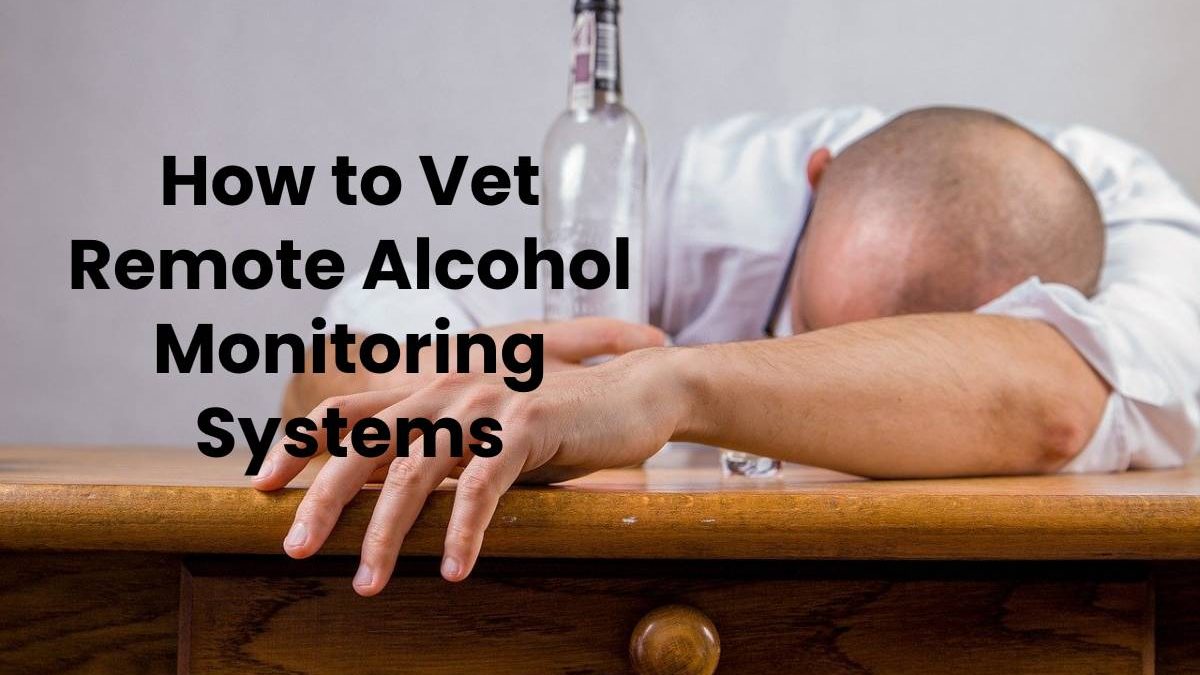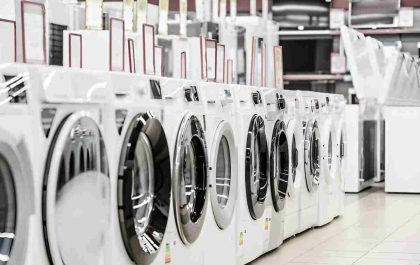In this virtual world we are living in, Treatment Professionals are beginning to learn the benefits of remote alcohol monitoring for clients in early recovery. Clinicians understand that Alcohol Use Disorder is a chronic disease, and once a client leaves their care, they will be faced with the challenge of maintaining their sobriety. Remote alcohol monitoring is a way for the client to build accountability and structure during early recovery while staying committed to their new habits and connected with their Recovery Circle. That being said, not all remote alcohol monitoring systems are equal. For something as sensitive as sobriety, it’s important to know what to look for when vetting these tools. The following are tips on what to look for and questions to ask when researching remote alcohol monitoring technology.
Table of Contents
Company History
It’s essential to understand a company’s history when exploring alcohol monitoring systems. For some companies, remote monitoring is one of the many products they offer, while others focus exclusively on remote monitoring. You can usually tell by visiting the company’s website how much focus is on remote monitoring versus other services. Look for a company with a background in Addiction Treatment to help guide you with proper protocols and share past experiences. The company should also be able to provide you treatment referrals to call for feedback on their system.
Some questions to ask about company history:
- How long has the company been providing remote alcohol monitoring technology?
- How many Treatment Programs currently use their system, and can you get a referral to contact?
- Does the company have any peer-reviewed papers, outcomes studies, or case studies you can review?
Automation
The key to successful alcohol monitoring is through automation. The term automation is often overused, so it’s important to know how the system will reduce manual work for you. Most Treatment Professionals won’t have the time to invest in alcohol monitoring if it takes them away from seeing patients. Below are some key topics to consider when comparing companies.
Tamper Detection
Unfortunately, attempts to tamper or “game the system” are very common for someone struggling with Alcohol Use Disorder. Do not assume the system has proper tamper detection features and safeguards in place without asking. Tamper detection is an expensive endeavor and can be an overlooked feature if you don’t know what to look for. There are several ways people might try to tamper.
- Having a “sober buddy” blow into their device
- Using artificial air or outside air source to trick the device
- Alter the breathalyzer by opening it and tampering with sensors/pump
There are two ways to combat the “sober buddy” blowing into the device. Some companies provide a photo of the person testing. Although this offers visual evidence, images have to be reviewed by your staff to confirm it’s the right person. This may seem easy enough, but this would require a company’s team to monitor photos 24/7/365. The other option is finding a company that integrates facial recognition. This component eliminates the need for manual review, making it truly an automated system for identity confirmation. Further, systems that incorporate adaptive facial recognition typically operate more efficiently by reducing time and effort during processing.
Tampering by way of artificial air or an outside air source is one of the common ways people try to game a system. Therefore, it makes sense to vet the companies you are considering to see what safety precautions they’ve put in place to identify outside air sources. Best practice is to look for sensor technology companies that can distinguish between human breath and non-human breath.
Lastly, the quality of the mechanism plays a significant role. For example, if the device is cheaply made, it may be easier to open and manipulate the internal sensors or pump in the device resulting in compromised test results. Although cost can be a factor, it’s important to note, you pay for what you get. If a device is sold below market value, manufacturers likely cut corners in their tamper detection technology.
Some questions to ask about tamper detection:
- How does the company confirm a person’s identity – through facial recognition technology or manual review?
- How does the company combat tampering by using artificial air sources?
- How difficult is it to break open or alter the device?
Addressing False Positives
All alcohol monitoring devices will be sensitive to different levels of ethanol. For example, when a client might have some alcohol on their breath after using substances like mouthwash. Due to low alcohol levels in oral rinse, a positive test can occur if a client doesn’t provide enough time for the liquid to dissipate. To avoid falsely accusing someone of drinking after a single positive test, it’s important to look for a system that automatically schedules retests, so there are more data points to evaluate. Incidental alcohol exposure will evaporate from the mouth in 15 minutes or less, and retesting will help eliminate suspicion regarding whether the client was actually drinking. Although most Treatment Professionals have an understanding of BAC levels, there can be times where you need an expert to evaluate an event. Look for a company with a compliance department or Medical Review Officer (MRO), so you have some guidance if these events arise.
Some questions to ask about false positives:
- How does the company combat false positives?
- Does the company have a compliance department to help evaluate an event if you have questions?
- Does the company have an automated way to retest someone to confirm a positive test?
Automated Reporting and Alerts
Just as important as the device itself is the reporting the system provides. When vetting remote alcohol monitoring systems, it’s important to understand the data that you will receive. Look for easy-to-digest reporting and a system that provides enough data to make conclusions in the shortest amount of time. Another important component to understand is whether the reporting allows for larger caseloads or just for monitoring a single client. Some companies have various reports to fit larger caseloads, while others might focus on monitoring a single client.
Some questions to ask about reporting:
- Does the system have reporting for larger caseloads, or is it designed to be a one-to-one system?
- How many different reports will receive and at what intervals are they delivered?
- Can the company send you examples of their reporting so you can see how it’s displayed?
Device Options
Most companies offer one device solution for remote alcohol monitoring. The single option could mean your clients wouldn’t be able to use the system if it’s not compatible with their smartphone. Having more than one device option can make things easier if the client doesn’t want to rely on their smartphone connection or want the device to store a test when they are out of cell or wifi coverage. This would require a cellular device that sends results directly from the device to a secure web portal.
Some questions to ask about device options:
- If it’s a Bluetooth-enabled device, does it cover both iPhone and Android phones?
- Does the company offer a device that doesn’t require their smartphone, like a cellular breathalyzer?
- Does the device store tests if they are unable to get a connection with their device?
Support Team
Although remote monitoring systems should be intuitive, selecting a company with a strong support team can make a big difference. Some companies have dedicated departments for Addiction Treatment, and their staff is available to answer questions or troubleshoot directly with your client. This saves time trying to figure out things on your own and can be a great added value when selecting a company.
Conclusion
Treatment Professionals agree remote monitoring is here to stay. If you are considering adding remote alcohol monitoring to your Addiction Treatment Program, do your homework and ask questions to ensure you select a company that will help your program thrive.
Related posts
Recent Posts
Top 10 Electronics Stores Near Me In Magnolia, Arkansas, USA
Top 10 Electronics Stores Near Me In Magnolia, Arkansas, USA – I suppose you are a resident of Magnolia, Arkansas, and…
Comprehensive Guide to Aviatrix: Experience the Thrill of Aviation and NFTs
Aviatrix redefines the excitement of crash games by combining high-quality graphics, innovative NFT integration, and compelling gameplay mechanics. Released on…



